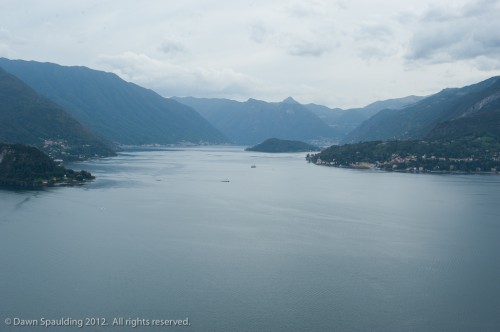You have to really want to see the ruins of this 13th century castle because the hike is straight uphill along an old mule path, then (still uphill) on stone paths winding around houses inhabited by the town’s 50 residents. The good news is that it’s worth it. If the terrific views won’t get you […]
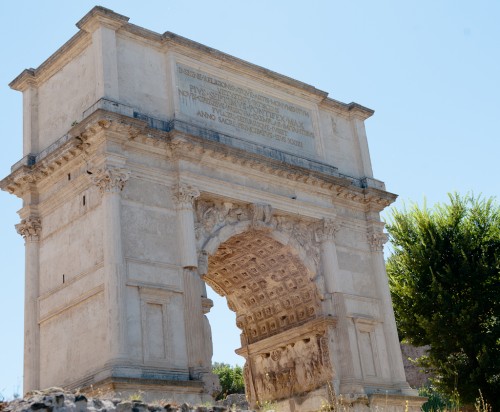
Arco di Costantino
Arco di Costantino, or Arch of Constantine, looks pretty good for having been around since A.D. 312. It was built to commemorate Constantine I’s victory over Maxentius. The arch contains sections from other sculptures: the lower stonework dates from Domitian’s reign (A.D. 81-96) and the eight large medallions depicting hunting scenes are Hadrianic (A.D. 117-138). […]
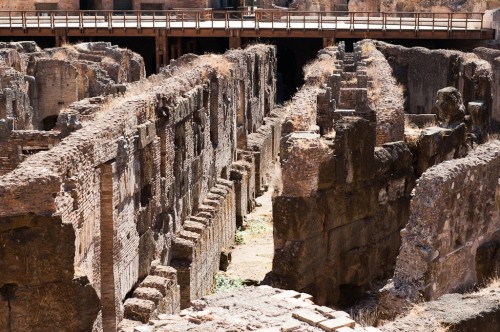
Colosseum
A lot of blood has been shed here, in this house that Vespasian built. Too bad he never got to see the end product. It was completed a year after his death, in A.D. 80. Titus, Vespasian’s son, welcomed the completed arena in style and held games that lasted 100 days and nights. During the […]
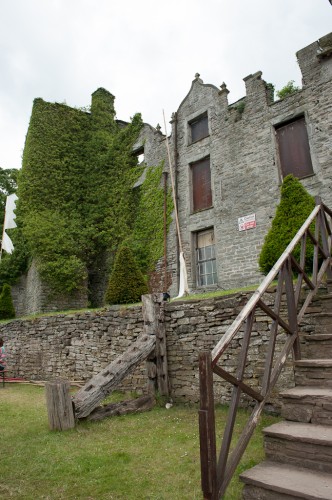
Hay Castle
This is one of the last medieval fortresses still standing around the English/Welsh border. Centuries of pummeling, sacking, burning and destroying sufficiently eliminated most other structures. Hay-on-Wye was unique in that it had two Norman castles. This is the second one. It was built by Maud de Breos in the 12th century and remained in […]
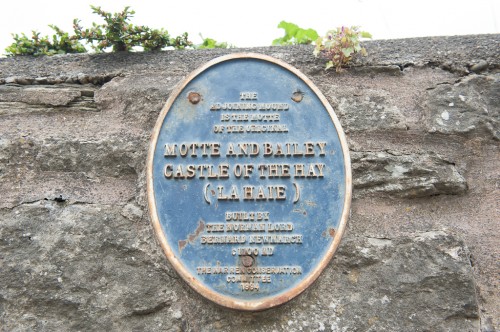
Castle of the Hay
Hay-on-Wye was unique in that it had two Norman castles. This is the site of the first one. After William of Nomandy invaded England in 1066, he rewarded his supporters with land along the Welsh border. No matter that the land belonged to the Welsh; these lords were allowed to seize whatever land looked good […]
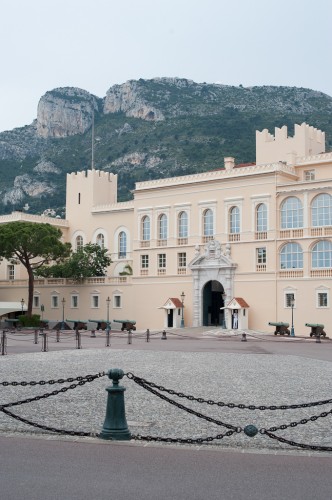
Le Palais des Princes de Monaco
This palace was originally constructed in the 12th century as a fortress. The Republic of Genoa had just acquired Monaco’s accessible harbor, and they needed to protect the coastline. Why not build a fortress atop a hill? The Genoese were weathly merchants – so rich, in fact, that they banked the other European nation states. […]
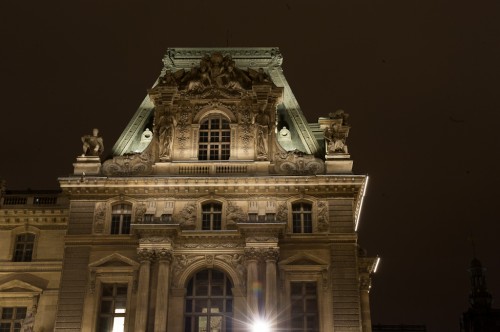
Musée du Louvre
The Musée du Louvre is another icon that is even more stunning after dark. The Louvre is housed in the Palais du Louvre, which was built as a fort in the 12th century to store Philippe II’s scrolls, jewels and swords while he lived within spitting distance on the Ile de la Cité. Remnants of […]
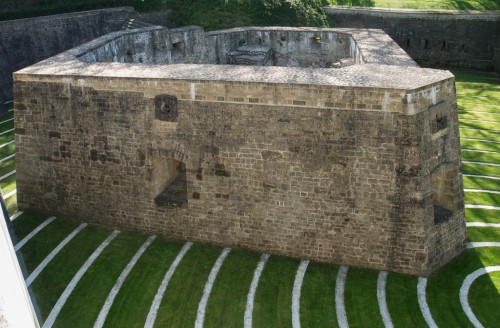
Fort Lambert
In Luxembourg, there are ancient structures and eye-catching designs all over. This is one of my favorite combinations: the ruins of Fort Lambert adorned with Jean-Bernard Métais’ white aggregate and turf piece, “The Wave.” Fort Lambert was constructed in the 17th century. Then, it was a two-story pentagonal structure with a corresponding pentagonal courtyard protected […]
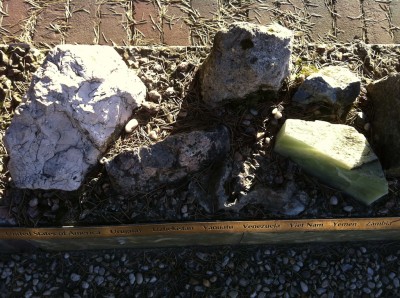
Vredespaleis, or Peace Palace
You might find this hard to believe, but at the end of the 19th century, a peace movement was sweeping the globe. Hundreds of peace organizations existed, some with millions of members. High-profile intellectuals and businesspeople led the endeavor. Tsar Nicholas II of Russia invited representatives from all major nations to join a peace conference. […]
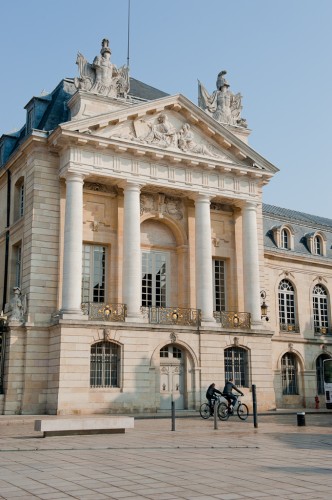
Palais des Ducs et des États de Bourgogne
Burgundy’s dukes used to call this showboat home. Now, it houses city hall and all its requisite administrative offices in the west wing and the Musée des Beaux-Arts in the east wing. The structure was originally built as a simple fortress built in the 9th century. Philippe the Bold rebuilt the ducal dwelling place in […]
